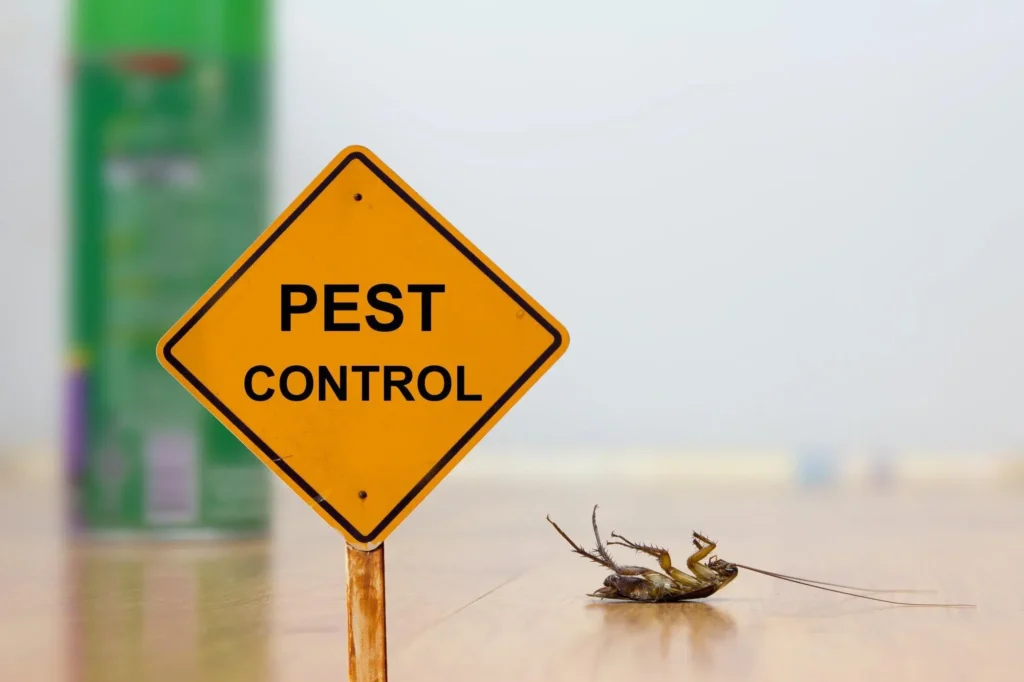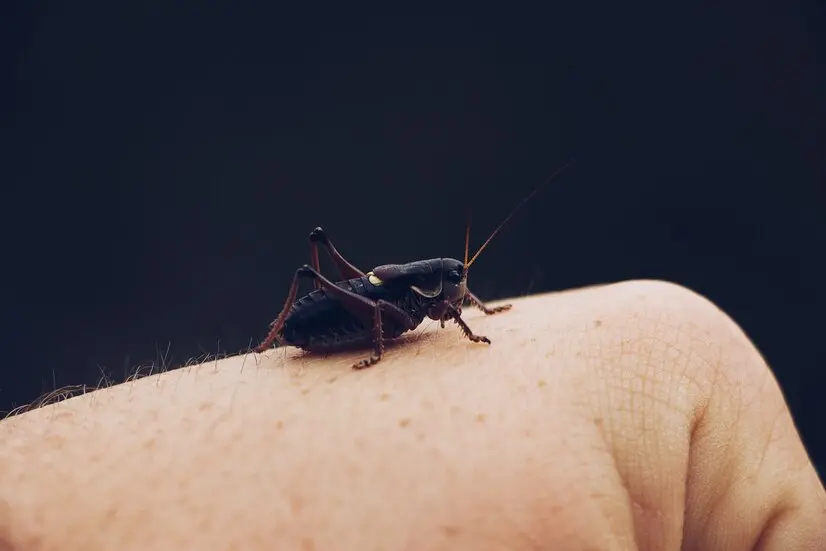DIY vs. Professional Pest Control: What’s Best for Your Home?
Dealing with pests in your home can be frustrating. Whether it’s ants, rodents, or termites, pests can cause damage to your property and affect your health. One of the biggest decisions homeowners face is whether to handle pest control on their own or hire a professional. Both options have their advantages and disadvantages. In this […]
DIY vs. Professional Pest Control: What’s Best for Your Home? Read More »


